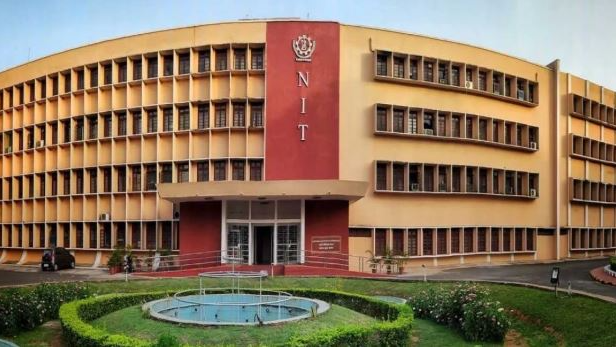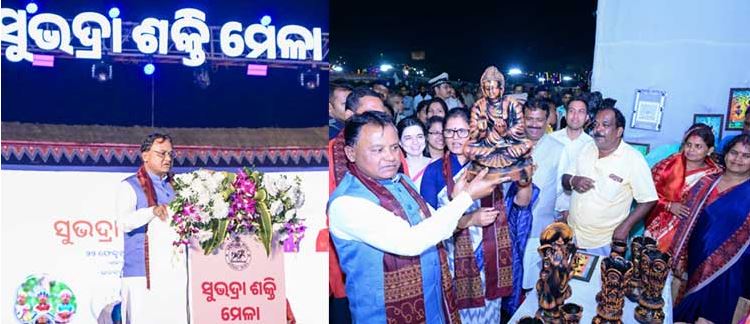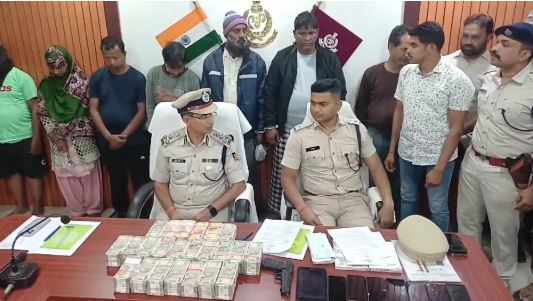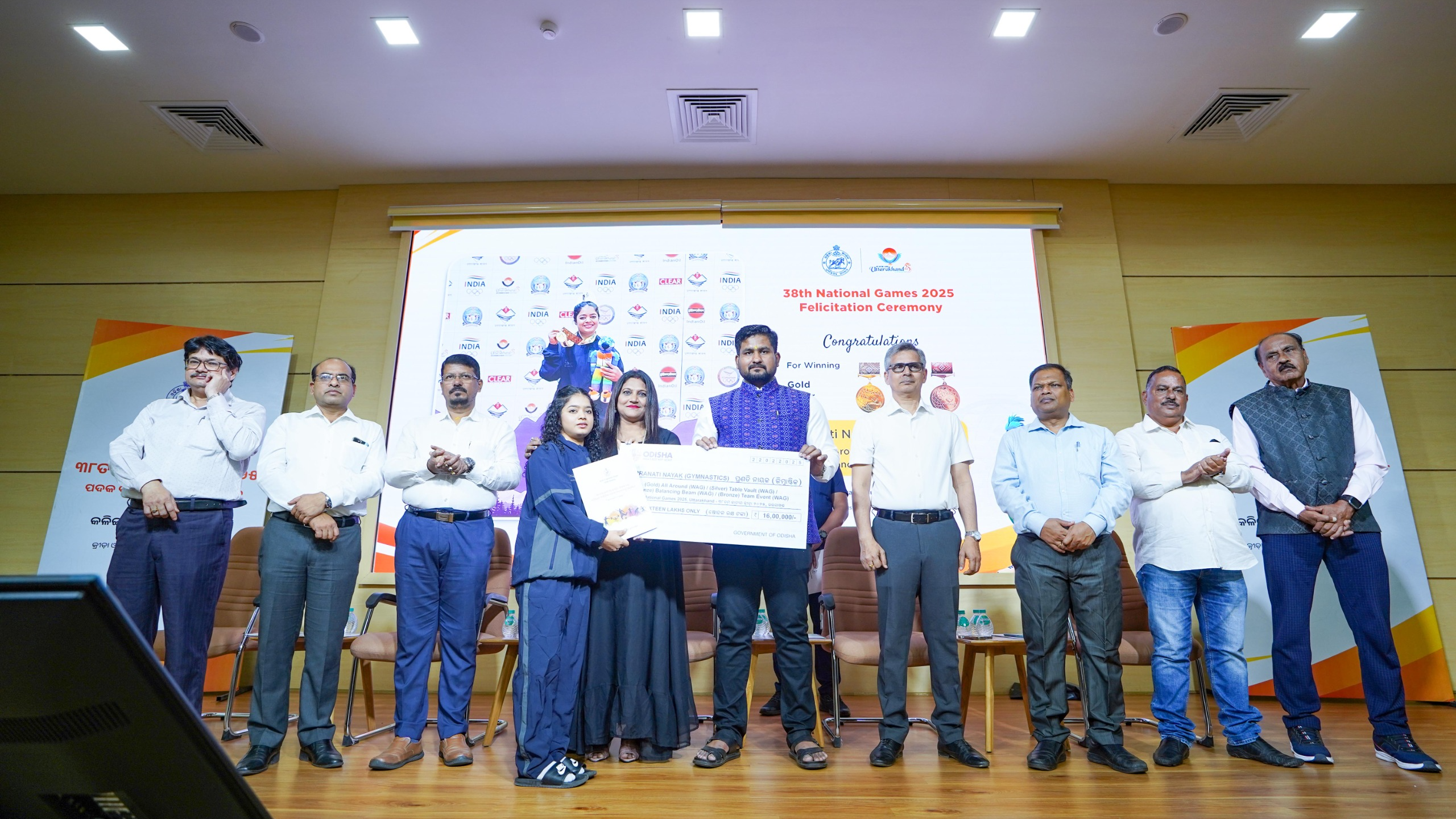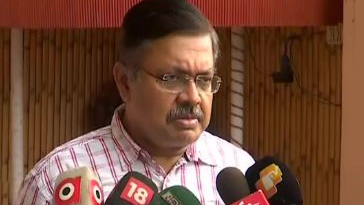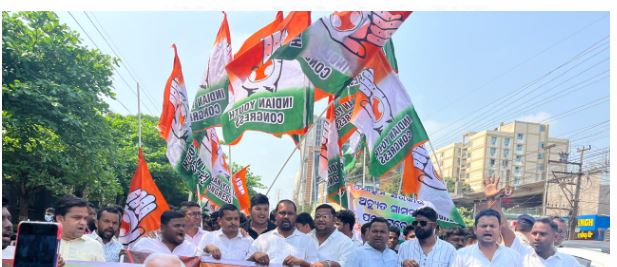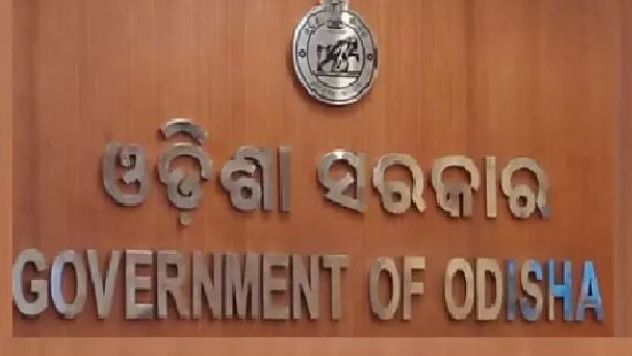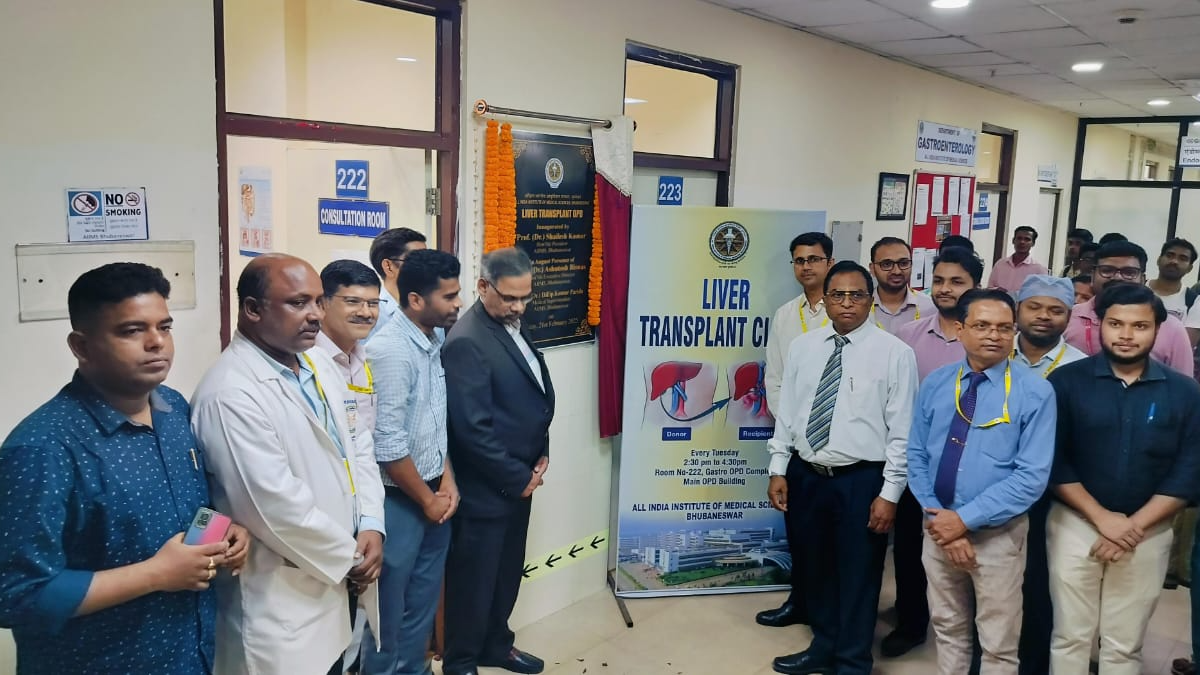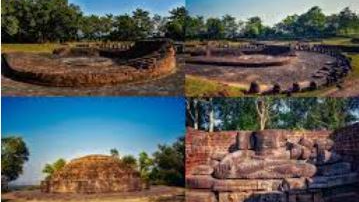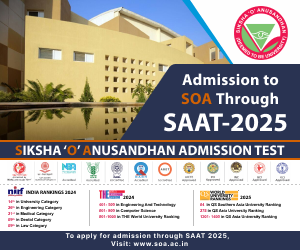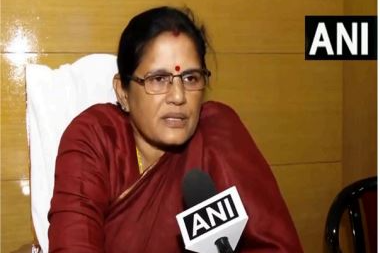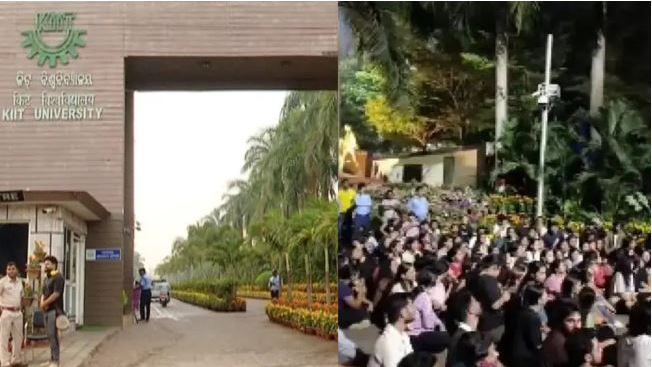Bhubaneswar, Feb 22: A research team from the Civil Engineering Department of the National Institute of Technology-Rourkela (NIT-R) has successfully employed machine learning models and statistical techniques to evaluate the quality of groundwater in Sundargarh district of Odisha for irrigation sustainability and agricultural planning.
Assistant Professor Anurag Sharma, alongside research scholar Souvick Kumar Shaw, utilized advanced data analysis methods to assess key water quality parameters and their variations across different areas of the district. Their study, conducted in Sundargarh, has been published in the reputable Water Quality Research Journal.
According to officials, the model developed through this research could be used nationwide to assess groundwater stress for irrigation. With agriculture being central to the region's economy and only 1.21% of the district covered by surface water, groundwater plays a crucial role in meeting the irrigation needs. Paddy, which occupies 76% of the total cultivable land, demands significant water resources, making groundwater quality a vital consideration for farmers. The growing agricultural demand, limited surface water sources, and increasing population have led to greater groundwater extraction in the district, resulting in declining water quality and quantity. Poor-quality water can negatively affect crop yields and long-term soil fertility.
Sharma explained that advanced data analysis techniques were used to study the variations in key water quality parameters across the district. Groundwater samples were collected from 360 wells and tested for various chemical properties, such as salts and minerals, which influence soil and crop health. Machine learning models and statistical tools were then applied to predict water quality trends and analyze changes between 2014 and 2021.
The results of the study reveal that groundwater in the southern, southwestern, and eastern parts of Sundargarh—especially areas around Rangiamunda, Lephripara, and Putudihi—is suitable for irrigation. These regions demonstrated stable groundwater quality, with acceptable levels of dissolved salts and minerals, as well as within permissible ranges for other chemical parameters.
In contrast, groundwater quality in the western and central parts of the district, particularly around Krinjikela, Talsara, Kutra, and some areas of Sundargarh town, showed higher concentrations of total dissolved solids and cations like sodium, calcium, and magnesium. These higher concentrations could negatively impact soil and crop productivity, particularly for crops like potato and cucumber. Without proper management, these areas could face reduced agricultural yields.
Sharma highlighted that the machine learning models and statistical tools used in this study offer valuable insights into groundwater quality trends, emphasizing the need for sustainable management practices to ensure agricultural success in the region.






